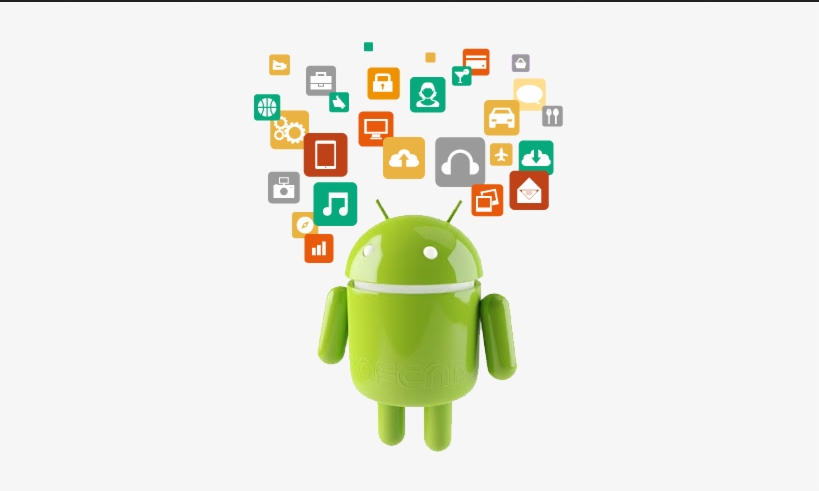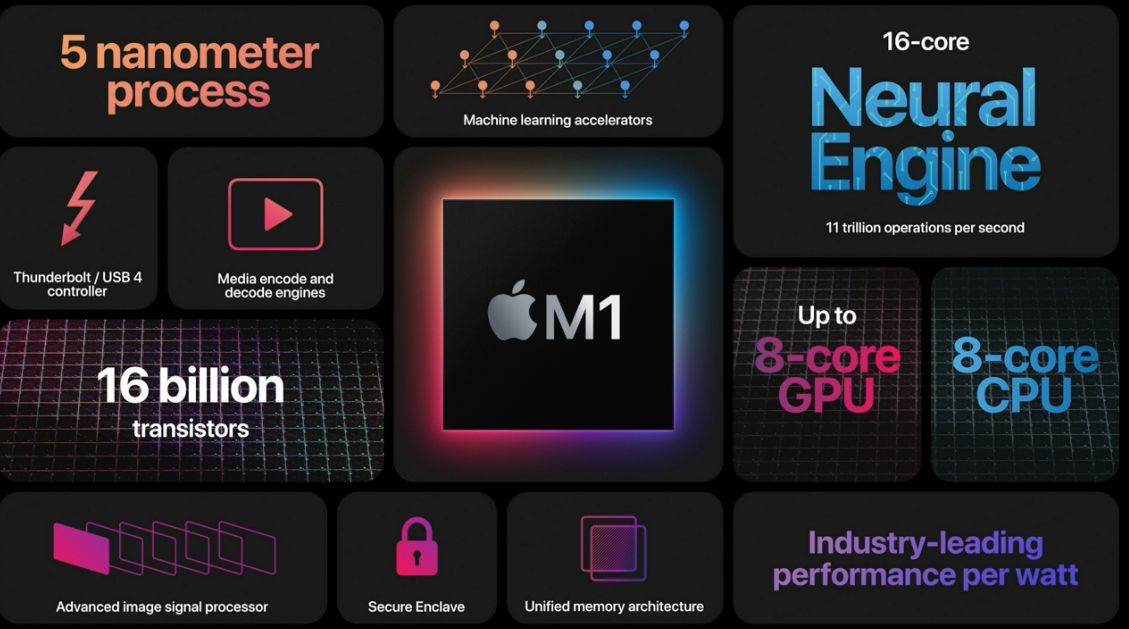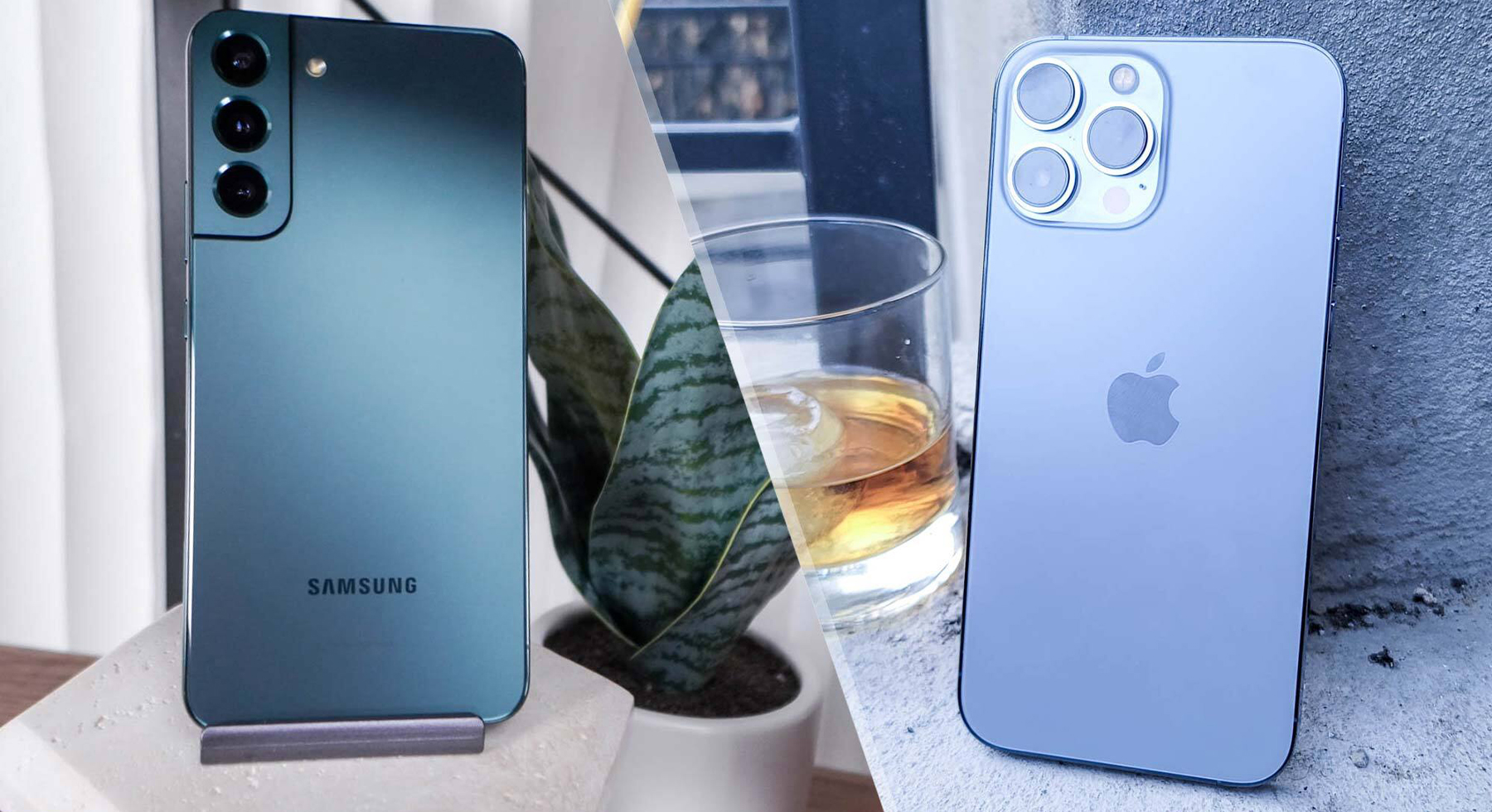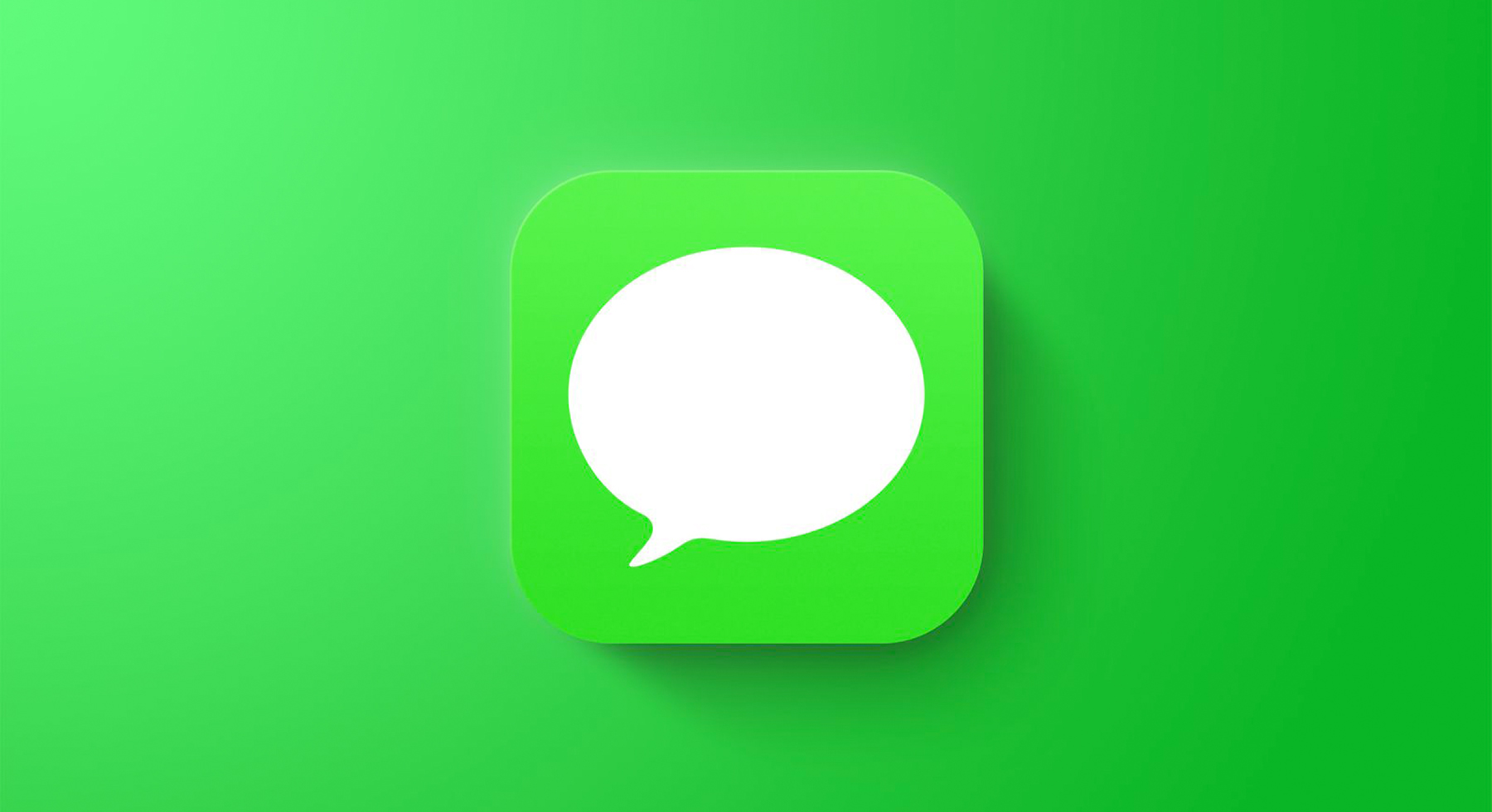The Top 6 Things to Look for in a New Android Device
Hardware Features
First and foremost, you need to consider the phone’s hardware features. This includes things like the processor, RAM, and storage.
If you’re planning on playing games or using other apps that may require more power, you’ll want to make sure that your phone has a strong processor. A quad-core processor is ideal for most users; however, if you’re looking for something even more powerful, there are devices available with octa-core processors.
The more RAM (random access memory) your device has, the better it will perform when running multiple tasks at once or when playing high-resolution games. A good rule of thumb is that 4GB or more RAM is ideal for most users; however, 8GB or more is great if you often multitask or use heavier apps like video editors and photo editors.
Storage is another important consideration as well since this determines how much information will be stored on your device at any given time (i.e., photos, videos, documents). The amount of storage space available can vary depending on the model you purchase.

Advanced Processors
The more powerful a device’s processor is, the faster it can perform tasks and render graphics. That’s true for any computer, but it’s especially important in smartphones and tablets.
In some cases, a phone with a high-end processor may be slower than a cheaper model with a less powerful chip because other components — such as the screen — aren’t up to displaying high-resolution images without stuttering or lagging. But if all the other specs are equal, you’ll notice a performance improvement when you’re multitasking or playing graphics-intensive games on your new device.

A Good Camera
The camera is one of the most important features you should look for in a new Android device. A good smartphone camera can make or break the experience of owning a new phone, so it’s important to know what to look for when shopping.
Here’s the thing to consider:
Camera resolution. The resolution of your phone’s camera is often expressed in megapixels (MP). The more megapixels your phone has, the better your photos will be — but it’s not always that simple.
Many companies will advertise their cameras as having “16 MP” or “13 MP,” but this isn’t how experts rate them. Instead, they’re measured by pixel size, which is called pixel pitch (px). The higher the pixel pitch, the better it is at gathering light and producing sharp images. For example, a phone with a 3-pixel-by-3-pixel sensor would have a pixel pitch of 9 px.

The Right Size And Shape, Plus Good Build Quality
When it comes to picking an Android device, there are no one-size-fits. Some people like larger phones with bigger screens and more room for playing games or watching movies. Others prefer a smaller form factor that’s easier to carry around and can fit in their pocket. There are plenty of options for both camps, but you’ll want to ensure the hardware is up to snuff before you buy.
The last thing you want is a phone that feels cheap or flimsy when you hold it in your hand — especially if it costs $600 or more! The best way to do this is by checking out reviews from trusted sources like CNET or PCMag. Not only will those sites give you a good idea of how well the device performs in day-to-day use, but they’ll also let you know what kind of build quality you can expect from each phone or tablet.
Security Updates
Another most important feature of any device is its security. Android devices are no exception, so you’ll want to ensure that your new device has regular security updates. This is especially important for Android devices, as there are many ways for malicious apps to compromise your data.
Reliable Battery Life
The battery life of your new phone is just as important as its charging speed. You’ll want to ensure that your device has reliable battery life so you can use it throughout the day without worrying about charging it. If you’re looking to buy a new phone, check out our list of the best phones with good battery life.





